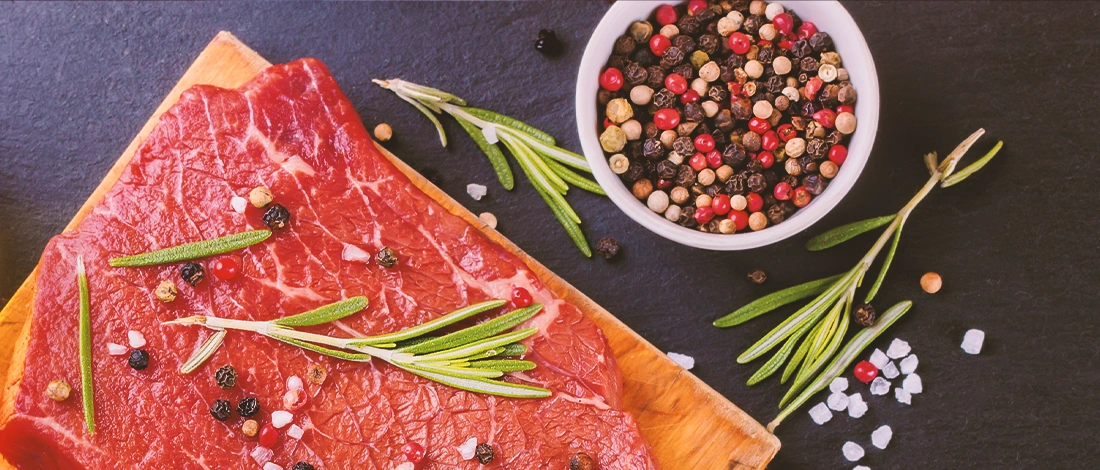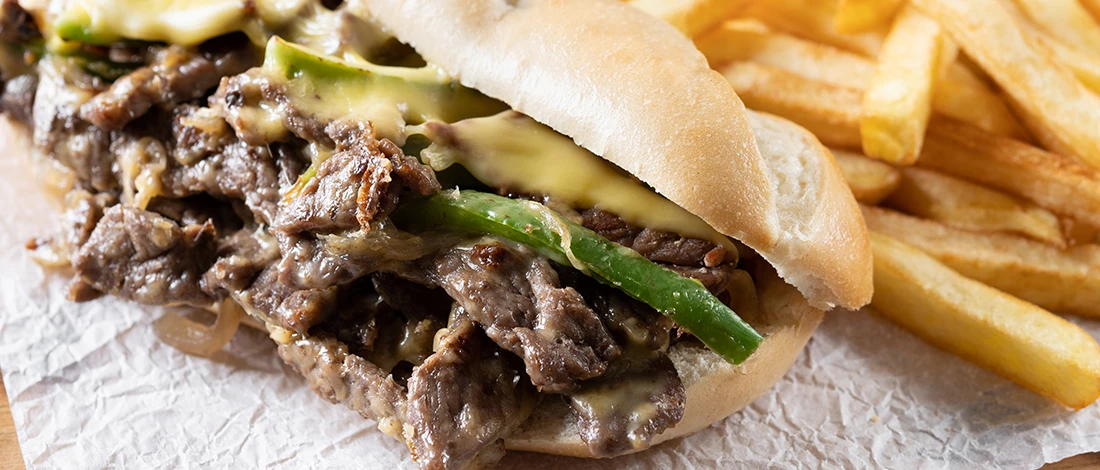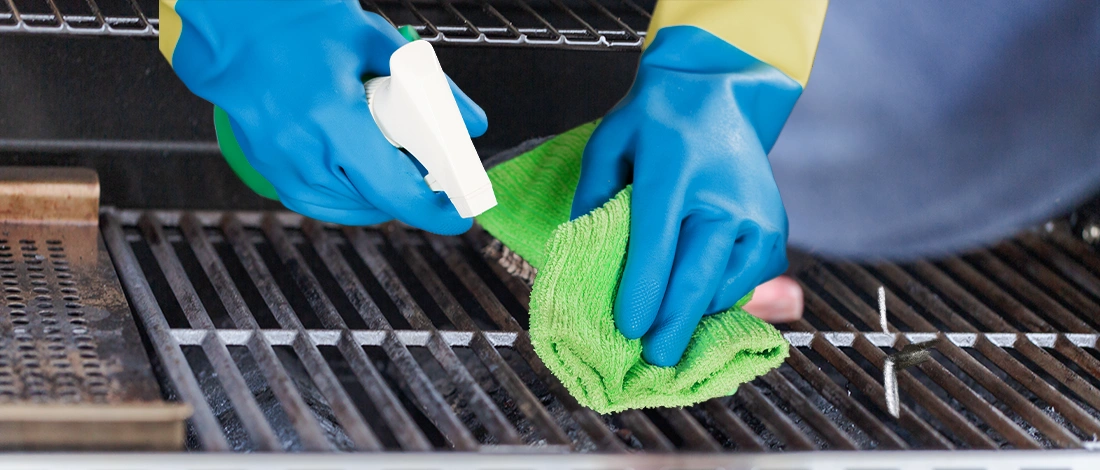As a gourmet lover, I have beef cheeks whenever I crave Mexican cuisine. I love them because they're delectable and are slow-cooked to ooze a rich and natural meat flavor with a melt-in-your-mouth tenderness.
At Carnivore Style, we appreciate how some cuts, like beef cheeks, offer rich flavors and tenderness that can take your carnivore meals to the next level.
Today, I'll share everything you need about beef cheeks meat and how best to cook it at home.
Let's get into it.
Quick Summary
- Beef cheeks are derived from the facial cheek muscles of a ruminant animal.
- Beef cheek meat is rich in gelatin because of the connective tissues on the meat.
- Beef cheeks taste like beef but are more flavorful.
What Is Beef Cheek Meat?
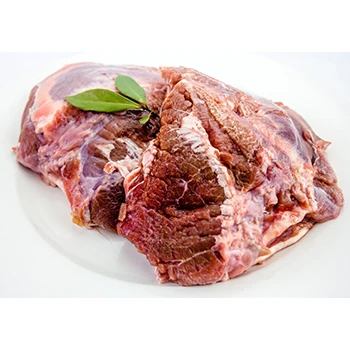
If you decide that cooking beef cheeks at home is the best way to spice up your everyday menu, hop onto ButcherBox and order fresh, high-quality beef cheek meat.
Beef cheek meat, also called ox cheeks, is meat cut from the facial cheek muscles of a ruminant animal. Animals use these muscles to chew cud and grass for long hours continually; hence, the cheek meat is a tough cut.
Also, the chewing action of the cheek muscles means the cheek muscle has a lot of connective tissue to facilitate the movements.
These connective tissues harden this specialty cut of meat, so cooking the cheeks slowly and gently is necessary to get the highest level of tenderness.
As for color, beef cheek meat from an animal fed and finished on grass will be a striking ruby red hue, while the color of grain-fed beef cheeks will be pinker.
Also, the appearance of a regular beef cheek after trimming will range from slightly triangular to oval, almost like a tiny brisket.
When buying beef cheeks, I always go for one that is completely trimmed for easier cooking.
Also Read: Is Grass-Fed Beef More Nutritious?
Cheek Meat Flavor and Taste
In my experience, the method of cooking beef cheeks affects the overall flavor of the meat.
Slow cooking beef cheeks result in a soft texture akin to fat, rubbery pulled pork, or soft oxtail meat.
Additionally, slow-cooked cheeks burst with flavorful, deep beef tastes that leave the tongue incredibly soft.
Beef cheeks are rich in gelatin and good collagen since they are covered with tiny connective tissues [1]. After being cooked, the beef cheeks absorb the flavor notes of the braising liquid, becoming very juicy and gelatinous.
I think the taste of beef cheeks is similar to beef, but it’s more flavorful and juicy because of its fat content.
What Is the Best Way To Cook Cheek Meat?

Braising is the best way to cook cheek meat. Braising meat entails first frying it to get a good sear crust and then gently cooking it in a liquid covered for a longer time.
This method is perfect for tough portions of meat, such as beef cheeks.
To braise your cheek meat:
- Wash and cut all your ingredients and set aside.
- Wash one beef cheek and pat dry well.
- Add olive oil to a heated skillet and sear the meat until you get a brown crust.
- Add your meat and all other ingredients to your regular crock pot or slow cooker. Then add your braising liquid.
- Cook these on low heat for at least 6–8 hours or until extremely tender to your liking.
Tip: I discovered the sauce needs a little thickening when using a slow cooker. I recommend either coating the meat with flour before searing it or adding a little cornstarch mixture to the sauce a few minutes before serving.
You can braise your beef cheeks with the following:
- Water
- Red wine
- Bone broth
- Vegetable stock
I love to cook beef cheeks in red wine to yield an exquisite, rich flavor and an unmistakable texture. But you may slow simmer them in water if you follow a rigorous diet like the Paleo diet. The fluids and beef cheek natural flavors will yield a tasty broth.
Also, if you're short on time and want a quick and delicious stew, you can use a pressure cooker. Throw in some veggies, peppercorns, and kosher salt to the seared beef cheek meat and cook on a stew setting.
If you have any leftover braising liquid, store it well in a glass jar and refrigerate. I love to have these on hand, and I can simply reheat and drink a cup before bedtime.
"When you buy beef cheeks, they are fairly huge and contain a lot of connective tissue, so they take a long time to cook. Before you cook beef cheeks, chop them into smaller pieces to help speed up the process."
- Elena Reygadas, Mexican Chef
Different Ways To Serve Cheek Meat
Beef or ox cheeks are one of the most versatile meats you can find because they can be used in a variety of beef cheek recipes.
Here are three ways you can deliciously serve cheek beef cuts.
1. Cheek Meat Ragu
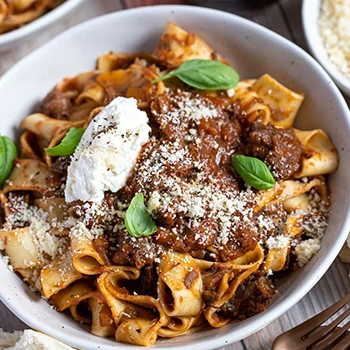
This is a rich, creamy pasta sauce made with a savory beef cheek ragu simmered in red wine.
These slow-cooked beef cheeks are simple to prepare and will be a hit with friends and family. It goes well with any fresh or dried pasta and mashed potatoes. I like to serve mine with basic pappardelle.
When making ragu, remember to undercook the pasta just a little so it can soak up the sauce for a minute or two.
2. Beef Cheek Minestrone
This classic minestrone soup is one of my favorite beef cheek recipes. This soup is filled with cheek beef cuts, veggies, tomatoes, beans, and pasta in a vibrant, rich tomato broth.
It's hearty and filling, and you can throw in any favorite soup ingredients in your pantry.
In my opinion, it's far superior to regular beef soup, produces a large batch, and tastes much better the following day for a quick lunch snack.
3. Beef Cheek Lasagne
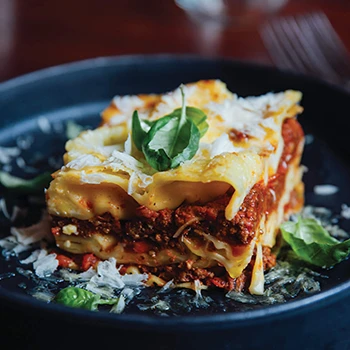
Nothing beats a classic lasagna with just a few flavors and simple ingredients. Beef cheeks are a commonly utilized cow muscle, so the flavors and texture work best when cooked slowly on low heat.
This cut is rich in flavor and works exceptionally well as a meat base for any lasagne. Layer your ingredients right on a casserole dish, and you can also add some herbs and spices for extra aromatics.
I always enjoy beef cheek lasagne alongside a simple salad platter or buttered peas and beans.
Related Article: Best Cuts of Beef for Pot Roast
FAQs
Are Beef Cheeks Healthy?
Yes, beef cheeks are healthy because, just like any beef meat, it has good amounts of nutrients and minerals.
Are Beef Cheeks Hard To Cook?
No, beef cheeks are not hard to cook. You only need to braise it low and slow for a few hours before it's well done.
Are Beef Cheeks Expensive?
No, beef cheeks are not expensive compared to other classic beef cuts. Cheek meat is tough and takes longer to cook, and that’s why it’s cheaper.
At Carnivore Style, we’re here to help you discover new cuts and cooking techniques to elevate your carnivore meals. Check out our other guides and recipes for more delicious ways to enjoy meat.
Reference:
- https://www.sciencedirect.com/science/article/abs/pii/S1080744615314972#



